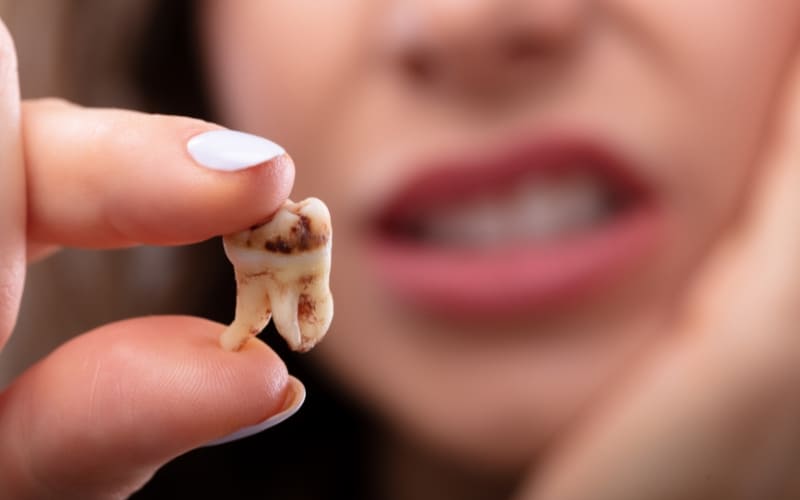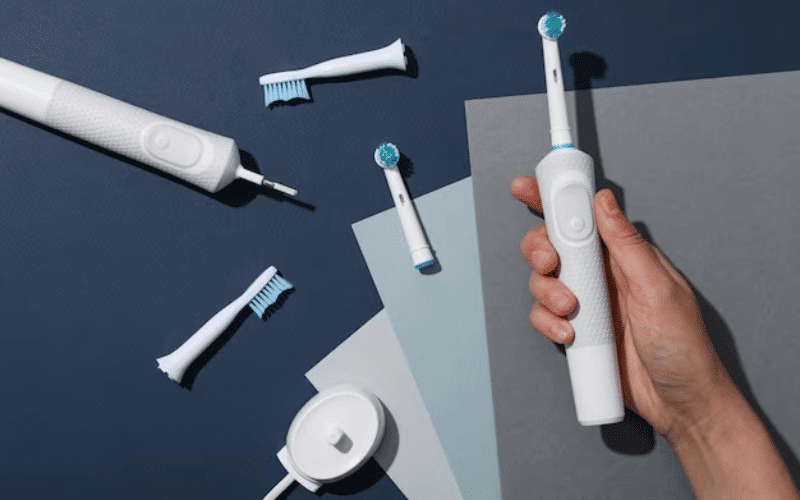
How Long Do Dental Stitches Take To Dissolve
Are you eagerly awaiting the day when those pesky dental stitches disappear but starting to wonder just how long it’ll take? Well, fret no more! In today’s blog post, we’re diving into the world of dental stitches – their purpose, types, and, most importantly, answering that burning question: How long do they actually take to dissolve? Whether you recently had oral surgery or are simply curious about this fascinating topic, stay tuned for all the details from a dentist in Glendale because we’ve got you covered from start to finish!
Understanding Dental Stitches: The Basics
Dental stitches, also known as sutures, play a crucial role in supporting the healing process after various dental procedures. From extractions and oral surgeries to gum surgeries and implant placements, stitches help close incisions, secure tissues, and minimize bleeding.
Types of Dental Stitches
Absorbable Stitches
These stitches dissolve on their own over time and are often made from materials like gut or synthetic polymers. Absorbable stitches are commonly used for procedures where the wound heals relatively quickly.
Non-Absorbable Stitches
Non-absorbable stitches, typically made from materials like silk or nylon, need to be removed by the dentist after the initial healing period. They are often used in procedures where a more extended support period is required.
Factors Influencing Dissolving Times
Type of Suture Material
The material used for the stitches plays a significant role in determining how long they take to dissolve. Absorbable stitches vary in dissolving times based on the specific material used.
Location of the Stitches
Stitches placed in different areas of the mouth may have varying dissolving times. Those in areas with more movement or increased saliva flow may take longer to dissolve.
Individual Healing Response
Each person’s body reacts uniquely to dental procedures. Factors such as overall health, immune function, and adherence to post-operative care instructions can influence how quickly stitches dissolve.
Dissolving Times for Common Dental Stitches
Absorbable Stitches
- Plain Gut: Usually dissolves in 5 to 7 days.
- Chromic Gut: It may take 10 to 14 days to dissolve.
- Polyglycolic Acid (PGA): Typically dissolves within 7 to 10 days.
Non-Absorbable Stitches
- Silk: Requires removal and is often taken out after 5 to 10 days.
- Nylon: Non-absorbable and necessitates removal within 7 to 14 days.
Post-Operative Care
Follow the Dentist’s Instructions
Adhering to your dentist’s post-operative care instructions is crucial. This includes maintaining oral hygiene, avoiding certain foods, and taking prescribed medications.
Regular Follow-Up Appointments
Scheduled follow-up appointments allow your dentist to monitor the healing process and, if necessary, remove non-absorbable stitches at the appropriate time.
Potential Complications
Infection
Failure to follow post-operative care may lead to infections, potentially impacting the dissolving process. Signs of infection include increased swelling, persistent pain, and unusual discharge from the surgical site. If you notice any of these symptoms, it’s crucial to contact your dentist promptly for evaluation and appropriate intervention. Timely treatment can prevent the infection from interfering with the natural healing of the surgical site and the expected dissolving times of the stitches.
Delayed Healing
In certain cases, delayed healing may occur due to individual factors or complications from the procedure, resulting in extended dissolving times for the stitches. Factors such as underlying health conditions, compromised immune function, or systemic issues can contribute to delayed healing. If you experience persistent discomfort and swelling or notice a lack of improvement in the surgical site, consulting with your dentist is essential. Identifying and addressing the cause of delayed healing ensures timely intervention to facilitate the dissolving process and promote optimal recovery.
Dentist’s Role in Monitoring Healing
Your dentist plays a pivotal role in ensuring a smooth recovery. Regular check-ups allow them to assess the healing progress, address any concerns, and, if needed, remove non-absorbable stitches with precision.
Understanding how long dental stitches take to dissolve is an integral part of post-operative awareness. While the process is often natural and uneventful, individual factors and the type of stitches used can influence dissolving times. Navigating the intricacies of dental stitches dissolving times is just one aspect of comprehensive dental care. With the expertise of your Glendale dentist and a commitment to post-operative care, you can embark on your healing journey with confidence, knowing that each dissolving stitch brings you one step closer to a revitalized and resilient smile.





